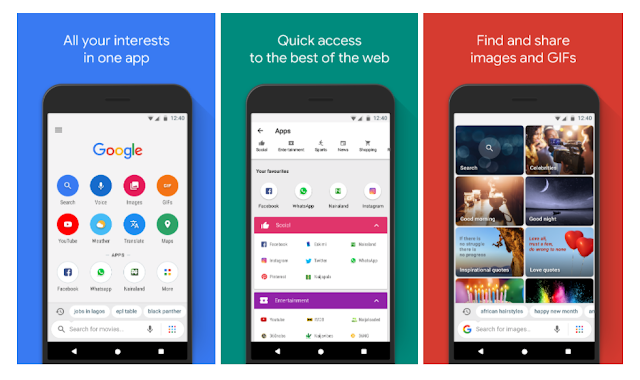Facebook began testing a downvote button in February, now the company is rolling out the feature which is quite distinct from the popular dislike button to more users around the world.
While the trial period saw the feature extended to a limited number of its users in the U.S., the test seems good enough, as the company has now embarked to rolling out the downvote button to some more users in Australia and New Zealand.
According to Facebook, People want to see better public discussions on the platform, and would want more spaces where people with different opinions can have more constructive dialogue.
Facebook is running the test in New Zealand to allow people to upvote or downvote comments on posts from Public Pages, with the hope to make the feature easier for users to rank the comments that they believe deserve to rank higher, rather than the comments that get the strongest emotional reaction.
So far, the downvote button have only appeared on certain public pages based in Australia, and only for Facebook's mobile app.
Facebook's main aim is to explore a new way for people to give feedback about comments on public page posts, as part of its effort to curtail fake news and general misinformation on the platform.

















































